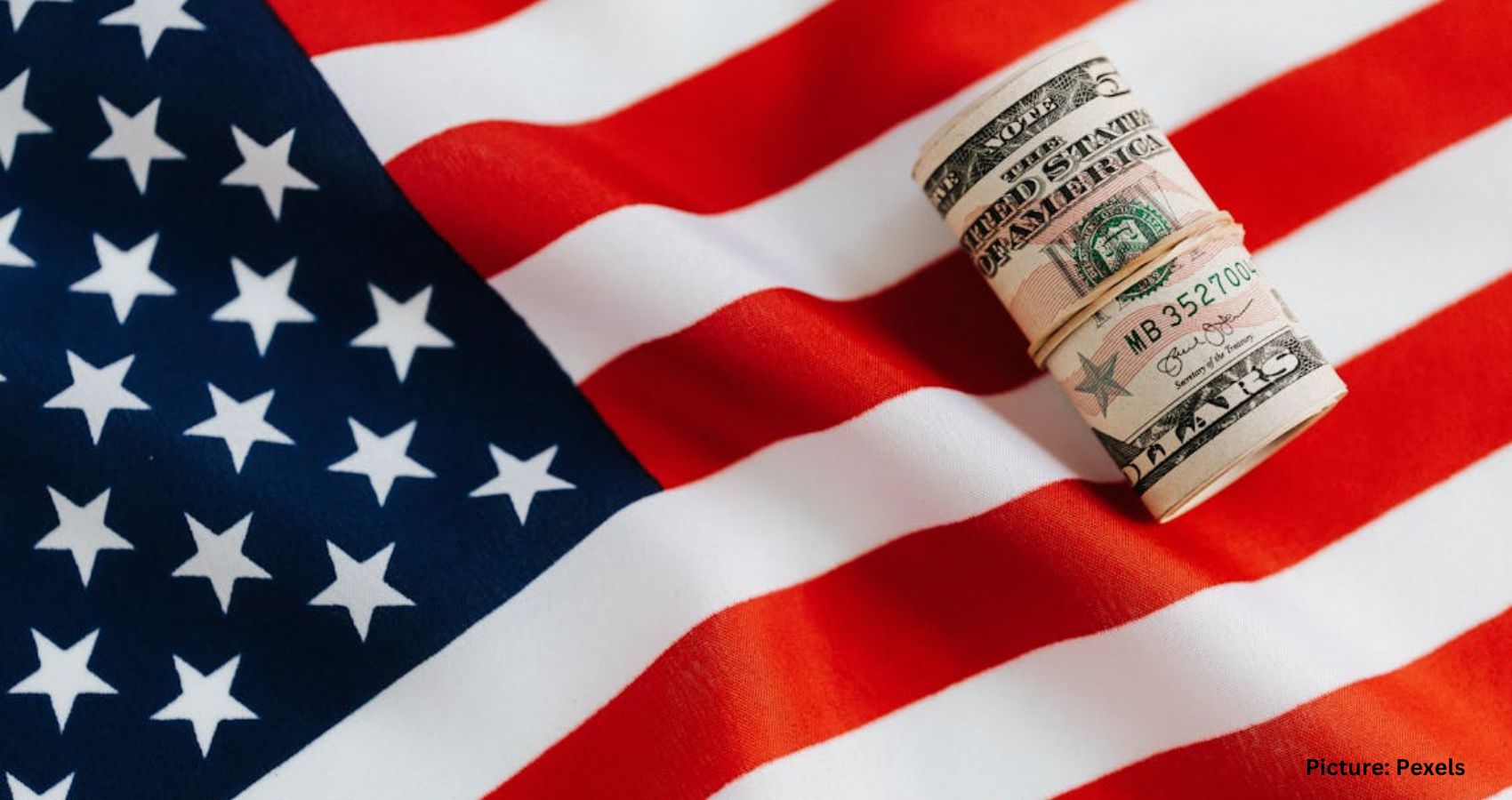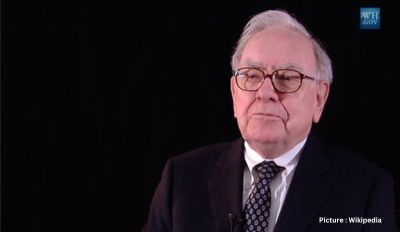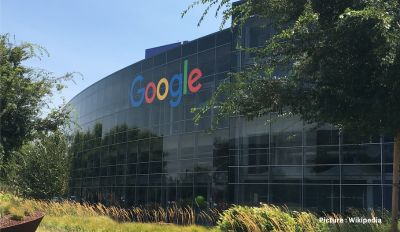The US economy is currently exhibiting some unusual characteristics. With millions of job openings and a notably low unemployment rate, one might assume the economy is thriving. Historically, low unemployment correlates with economic prosperity. However, numerous warning signs suggest otherwise, including a significant number of Gen Z individuals accruing high credit card debt, leading lenders to withhold further credit.
This mixed economic data presents a conundrum: positive news is often accompanied by concerning indicators. “I wouldn’t give the economy a clean bill of health,” remarked Gregory Daco, chief economist at EY. “It looks robust, but there are pockets of concern.”
While economists offer nuanced views, political figures present more polarized perspectives. President Joe Biden claims the economy is booming but acknowledges ongoing challenges. Conversely, former President Donald Trump declares, “the economy is crashing,” suggesting a state of chaos during a campaign rally in Wisconsin.
The Good
For those with an optimistic view of the economy, recent labor market data offers encouraging news. There are currently 8.5 million job openings, exceeding pre-pandemic figures by 1.5 million. With 6.5 million unemployed individuals, the ratio of jobs to job seekers is more than one-to-one, a stark improvement from the pre-pandemic average ratio of 0.6.
Average hourly earnings for Americans have risen by 22% since before the pandemic, according to the Bureau of Labor Statistics. Though wage increases are slowing, they still outpace price rises, meaning consumers have more purchasing power.
The Bad
Despite a significant reduction from its peak in summer 2022, inflation remains a concern. Achieving the Federal Reserve’s 2% target is proving to be a slow process, surprising many Fed officials, including Gov. Christopher Waller. “The first three months of 2024 threw cold water on that outlook, as data on both inflation and economic activity came in much hotter than anticipated,” Waller noted. However, he found the slight cooling in April’s Consumer Price Index to be “welcome relief.” He stated, “If I were still a professor and had to assign a grade to this inflation report, it would be a C+— far from failing but not stellar either.”
Despite this, consumer surveys indicate expectations of rising inflation, which can drive businesses to increase prices, perpetuating the inflation cycle. Early retail spending data for April was weaker than expected, suggesting consumers are tightening their belts. This reduction in spending is positive in preventing retailers from raising prices but poses a risk to the economy, given that consumer spending is a major economic driver.
David Alcaly, lead macroeconomic strategist at Lazard, commented on the mixed signals: “It certainly bears watching, but part of the weakness probably was ‘payback’ for strength in prior months.” Gregory Daco noted that consumers are being “a little more cautious, but are not retrenching.” A significant slowdown in spending could negatively impact the economy, he warned.
The Ugly
A major concern in the current economic landscape is the rising debt levels. Consumer spending has been resilient despite high inflation and interest rates, partly due to increased reliance on credit cards. However, savings accumulated during the pandemic are dwindling, leading to more credit card debt that is not being repaid on time.
The cooling labor market is reducing workers’ leverage, contributing to increased debt and serious delinquencies, defined as payments over 90 days late. New York Fed data reveals that the percentage of credit card balances in serious delinquency is at its highest since 2012.
Sung Won Sohn, an economics and finance professor at Loyola Marymount University and chief economist of SS Economics, highlighted the broader implications: “The rising levels of consumer debt and delinquency rates, if continued, are not just individual problems; they could have macroeconomic effects requiring attention from economic policymakers.” As more income is diverted to debt repayment, less is available for other purchases, potentially slowing economic growth. Rising delinquencies may prompt banks to tighten lending criteria or increase interest rates, further straining borrowers. These combined effects “can contribute to a broader economic slowdown — or even a recession,” Sohn warned.
While the US economy shows signs of strength, including low unemployment and rising wages, there are significant concerns. High levels of consumer debt and inflation, coupled with cautious spending, present risks that could undermine economic stability. As the situation evolves, it will require careful monitoring and responsive policymaking to navigate potential challenges.











